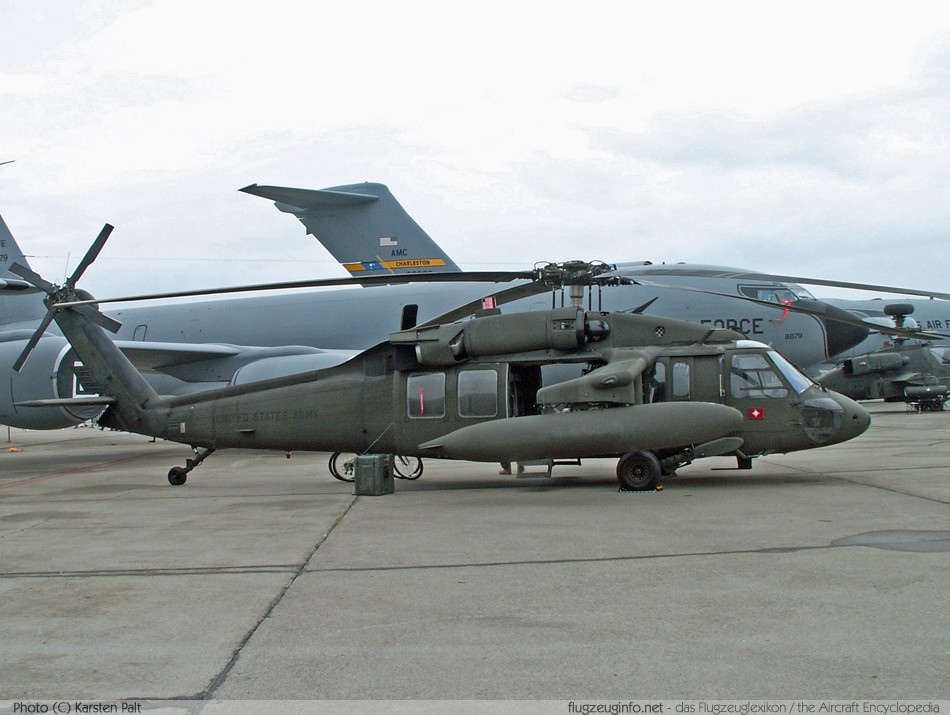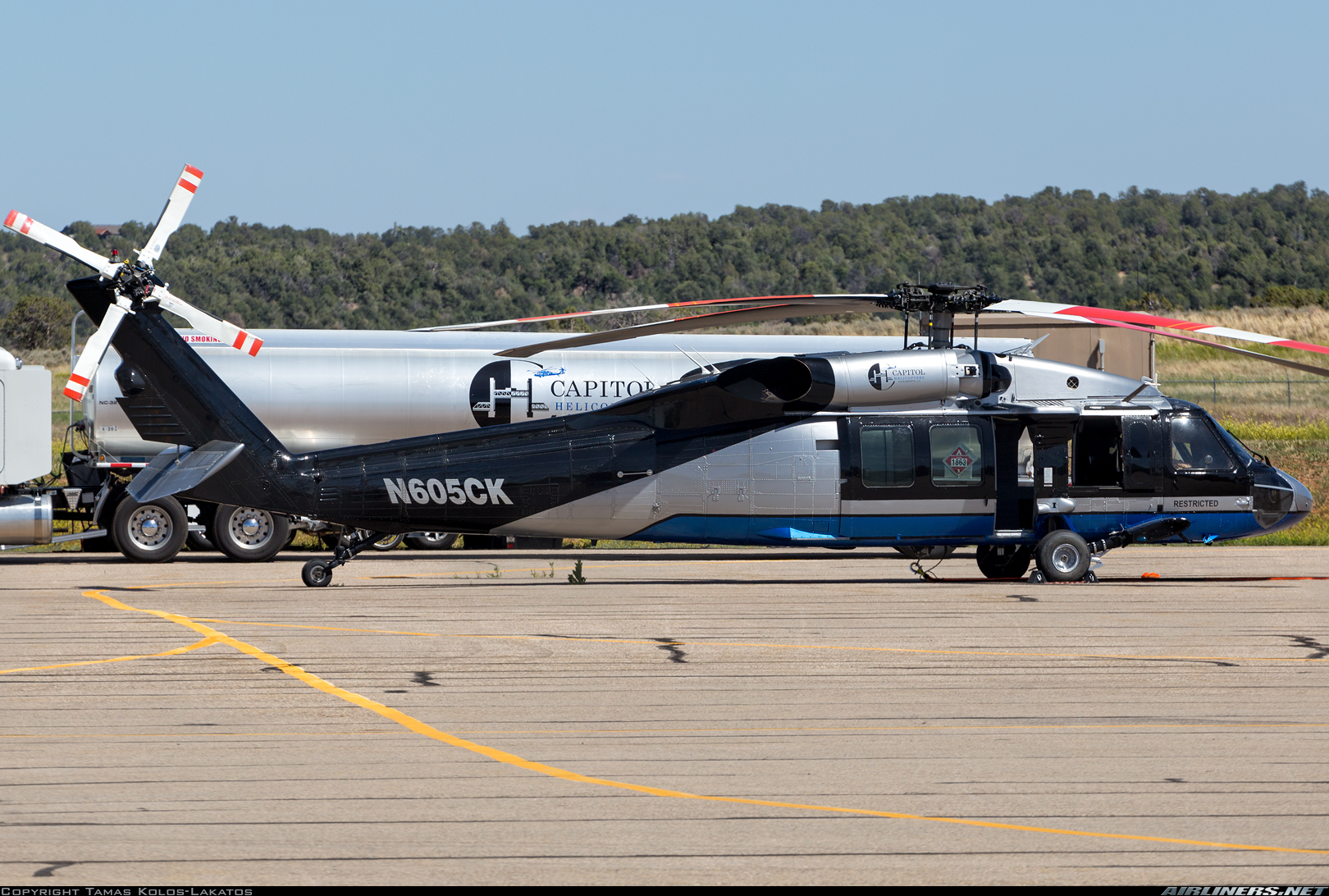Why the Sikorsky S 70 is the Preferred Choice for Modern Helicopter Missions
Why the Sikorsky S 70 is the Preferred Choice for Modern Helicopter Missions
Blog Article
High-Performance Multi-Role Rotorcraft Featuring Advanced Cockpit Technologies and Integrated Sensing Unit Equipments
The world of rotorcraft modern technology has seen remarkable advancements in recent times, specifically in the world of high-performance multi-role rotorcraft furnished with cutting-edge cabin modern technologies and effortlessly integrated sensing unit systems. These advancements have not just enhanced the functional capacities of rotorcraft however have additionally substantially influenced modern-day aviation operations on numerous fronts. From boosted goal convenience to boosted functional performance, the merging of sophisticated cabin innovations and incorporated sensor systems has ushered in a brand-new era of possibilities for rotorcraft applications. In the complying with conversation, we will discover the advancement of rotorcraft innovation, dive right into the world of sophisticated cabin developments, and examine the effects of incorporated sensor systems on the operational convenience and efficiency of contemporary rotorcraft.
Development of Rotorcraft Modern Technology
The development of rotorcraft modern technology has actually been marked by considerable improvements in aerodynamics, products, and propulsion systems, forming the abilities and performance of modern rotorcraft. Wind resistant renovations have improved the effectiveness and maneuverability of rotorcraft, enabling for raised rate, dexterity, and stability during trip (sikorsky s 70). Advancements in products, such as using composite products and advanced alloys, have led to lighter yet stronger rotorcraft frameworks, enhancing general efficiency and toughness. In addition, developments in propulsion systems, including extra powerful engines and cutting-edge propulsion modern technologies, have actually enabled rotorcraft to attain higher elevations, faster speeds, and greater payloads.
These improvements have not only transformed the abilities of rotorcraft yet have actually also broadened their applications throughout various industries, consisting of army, commercial, and emergency solutions. The continuous advancement of rotorcraft technology proceeds to drive development in the field, pushing the borders of what is feasible and forming the future of vertical trip.
Advanced Cockpit Innovations
Structure upon the fundamental advancements in aerodynamics, materials, and propulsion systems, the world of rotorcraft technology currently changes emphasis towards introducing Advanced Cabin Innovations. The assimilation of cutting-edge technologies within the cabin atmosphere plays a crucial role in boosting the operational capacities, safety and security, and effectiveness of contemporary rotorcraft. sikorsky s 70. Advanced Cockpit Innovations encompass a vast range of attributes made to offer pilots with enhanced situational understanding, streamlined information management, and instinctive control user interfaces
One of the essential innovations in cabin style is the application of glass cabins, which change traditional analog determines with high-resolution screens. These digital systems supply personalized designs, real-time data assimilation, and improved readability, allowing pilots to accessibility essential information at a glimpse. Advanced avionics systems, such as fly-by-wire controls and boosted fact displays, are reinventing how pilots engage with the airplane, allowing for precise control and improved decision-making capabilities.


Including advanced cockpit technologies not only enhances pilot efficiency but also adds to total goal effectiveness and security in complex functional atmospheres. By leveraging cutting edge technologies within the cabin, rotorcraft producers are establishing new requirements for operational quality and mission success.
Integrated Sensor Solutions
With the evolution of rotorcraft modern technology, the assimilation of sophisticated Integrated Sensor Systems has actually ended up being extremely important in boosting operational performance and safety and security. These Integrated Sensing unit Equipments encompass a broad array of innovations that supply essential data for various functions such as navigating, surveillance, targeting, and ecological tracking. By flawlessly incorporating sensors like radars, electronic cameras, lidar, and infrared systems right into rotorcraft, drivers can gain from enhanced situational recognition, enhanced objective capacities, and minimized pilot work.
One key benefit of Integrated Sensor Equipments is their capacity to gather real-time information and offer workable understandings to pilots and objective operators. For instance, advanced radar systems can discover and track targets over cross countries, allowing for very early risk discovery and efficient response planning. In addition, integrating electro-optical and infrared cams allows rotorcraft to carry out reconnaissance and monitoring missions with precision and accuracy.
Basically, the assimilation of sophisticated sensing unit innovations into rotorcraft not just enhances functional effectiveness however additionally adds substantially to overall goal success and crew safety and security. As rotorcraft proceed to develop, the duty of Integrated Sensing unit Solution will unquestionably continue to be at the forefront of advancement in the aerospace sector.
Operational Versatility and Performance
Enhancing operational adaptability and performance in rotorcraft is an all-natural progression from the integration of advanced Integrated Sensing unit Systems. By leveraging the insights and information given by these cutting-edge sensing unit systems, rotorcraft can enhance their efficiency across various missions and environments.
Functional adaptability incorporates the capability of rotorcraft to adjust to various functions and situations successfully. With website link sophisticated cabin modern technologies and incorporated sensing unit systems, rotorcraft can flawlessly shift in between jobs such as search and rescue, medical evacuation, monitoring, and much more. This versatility boosts the rotorcraft's capacity to fulfill diverse operational requirements without requiring considerable reconfiguration.
Performance in rotorcraft operations is vital for optimizing goal performance and source use. Integrated sensor systems play a critical duty in boosting functional performance by giving try this website real-time information on weather condition conditions, surface mapping, target monitoring, and a lot more. This data allows pilots to make informed decisions swiftly, enhance trip courses, save gas, and improve overall goal efficiency.
Influence on Modern Air Travel Procedures

In addition, the integration of sophisticated sensors promotes improved see here mission preparation and execution, enabling rotorcraft to carry out a vast range of tasks with boosted accuracy. From search and rescue procedures to airborne firefighting and law enforcement missions, the abilities of contemporary rotorcraft equipped with sophisticated cabin modern technologies and integrated sensor systems are unrivaled.
Additionally, the effect of these advancements prolongs beyond functional efficiency to cost-effectiveness and sustainability. By optimizing trip routes, gas usage, and upkeep schedules, high-performance rotorcraft equipped with innovative cabin modern technologies and sensing units add to minimizing operational prices and ecological influence, making them indispensable properties in modern aviation operations.
Verdict
To conclude, the high-performance multi-role rotorcraft with innovative cabin innovations and integrated sensor systems represents a significant evolution in air travel technology. These advancements boost operational flexibility and performance, inevitably impacting modern air travel procedures in a favorable way. The integration of these sophisticated modern technologies permits boosted capacities and efficiency in different objective situations, showcasing the proceeded improvement of rotorcraft innovation in the air travel market.
The world of rotorcraft innovation has seen significant developments in current times, particularly in the realm of high-performance multi-role rotorcraft equipped with innovative cabin technologies and effortlessly integrated sensor systems. From enhanced objective versatility to enhanced operational effectiveness, the convergence of sophisticated cabin innovations and integrated sensor systems has ushered in a brand-new period of opportunities for rotorcraft applications. In the adhering to conversation, we will certainly discover the development of rotorcraft technology, dive into the realm of sophisticated cabin innovations, and examine the effects of incorporated sensing unit systems on the functional convenience and performance of modern-day rotorcraft.

Report this page